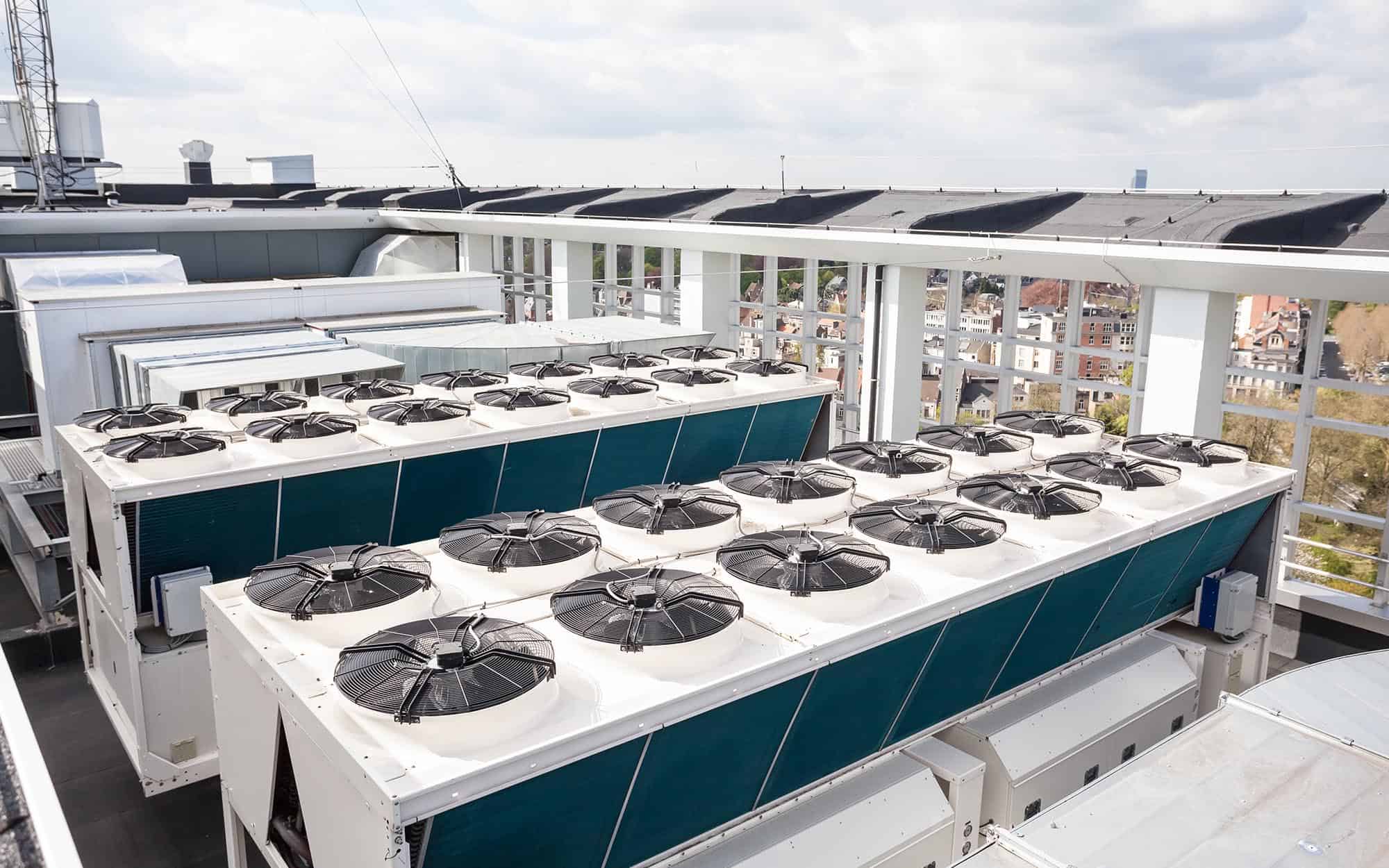
Do you want your HVAC system to deliver different temperatures and air flow levels to different areas of your commercial building? If you do, you have two main choices: a VAV system or a VRF system. Read on to learn more about these two system types, find out how they work, and determine what types of facilities they work well with.
Defining VAV and VRF Systems
Variable air volume systems or VAV boxes vary the air flow rates in different sections of a building, but keep all the air at the same temperature. A VAV box works by varying the airflow and sending it through the HVAC system and ductwork to different zones in the building. It maintains a constant temperature for the entire facility while changing the feel of each zone by sending different air flows to each one.
A variable refrigerant flow (VRF) system is a newer type of HVAC technology than a VAV box. VRF systems are ductless HVAC systems that use variable motor speeds to send different amounts of refrigeration to multiple evaporators in the system. The main VRF components are located in an outdoor unit, while the evaporators are located in an indoor unit. This way, a building’s various zones receive different temperatures while the rest of the HVAC system all flows at the same rates, making the system energy efficient.
What Are the Pros and Cons of VAV Boxes?
VAV boxes have several advantages. For example, they control temperatures and humidity levels in different zones effectively. They also reduce energy usage across their larger HVAC systems by coordinating their system fans. And they don’t make too much noise. However, they are an older type of HVAC technology, so they may have fewer upgrades and innovations than newer VRF systems.
What Are the Advantages of VRF Systems?
VRF systems have many more pros than cons. They are extremely energy efficient and provide an incredibly consistent temperature for each zone across their systems. VRFs also provide heating and cooling to commercial buildings at the same time. This quality makes them special because many other systems, such as mini-split systems and VAV boxes, only deliver heating or cooling across an entire building. With VRF, you can air condition one zone and heat another simultaneously without worrying about it affecting other zones.
Connect with REACT Industries to determine if a VAV or VRF system is right for your facility.
Does REACT Industries Work With VRF Systems?
Yes, we do. We retrofit existing HVAC systems to integrate VRF components. Our team performs retrofits because we want you to take advantage of VRF without investing in a new HVAC system unnecessarily. If the rest of your system works well, but VRF could reduce your energy consumption levels and costs, we believe retrofitting is the best way to implement that technology.
How Do We Determine If You Could Benefit From VRF or VAV?
If you contact us about VRF or VAV, we assess your heating and air conditioning system to see if it can support that technology. VRF is a ductless HVAC technology, while VAV requires ductwork. If your facility has ductwork, we may recommend and install a VAV box. But if you don’t have ducts or you’re converting to a ductless system, we may recommend and implement a VRF system. Ductwork vs. a ductless system is just one facet of the assessment we make. We consider all the different elements of your building’s HVAC needs before we determine whether VRF or VAV could improve your system.
Rely on REACT To Retrofit Your HVAC System With VAV or VRF
Are you considering VAV or VRF for your HVAC system? If you are, reach out to REACT Industries today. We retrofit your system with whichever system fits your needs, but we also do much more than that. We offer HVAC maintenance, commissioning, construction, and plan and spec services, and that just scratches the surface of what we do. Our team provides comprehensive HVAC services for commercial buildings across the NYC area. No matter what type of HVAC project you have planned, we always know how to get the job done right. Our HVAC solutions improve your system’s performance every time. When you’re ready to get started, we’ll be here.